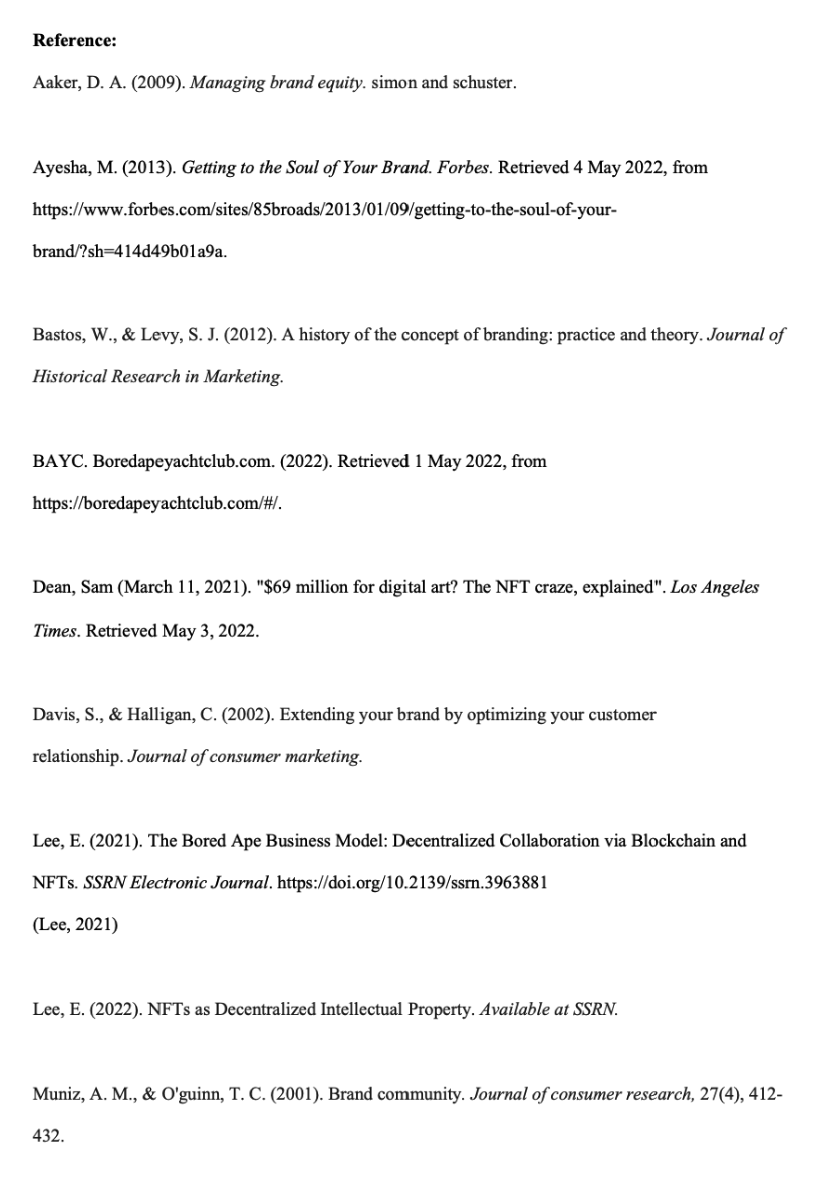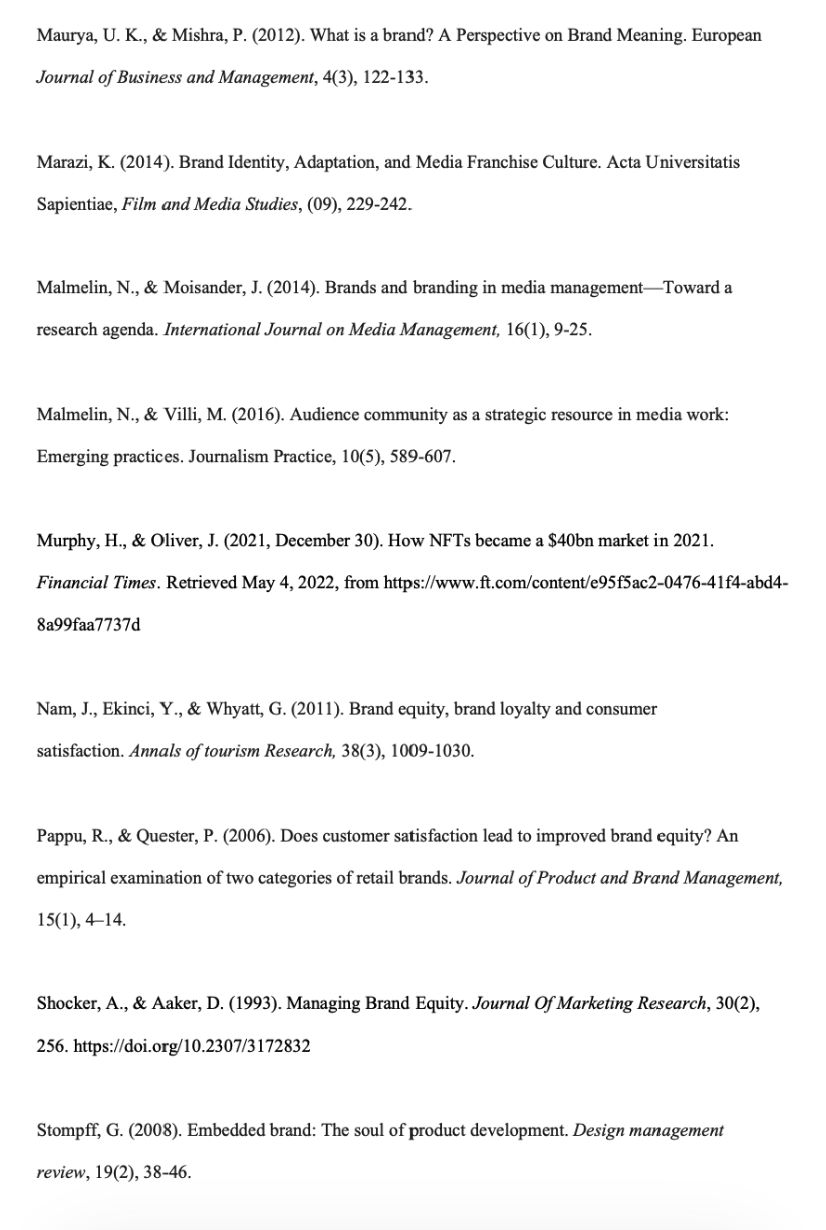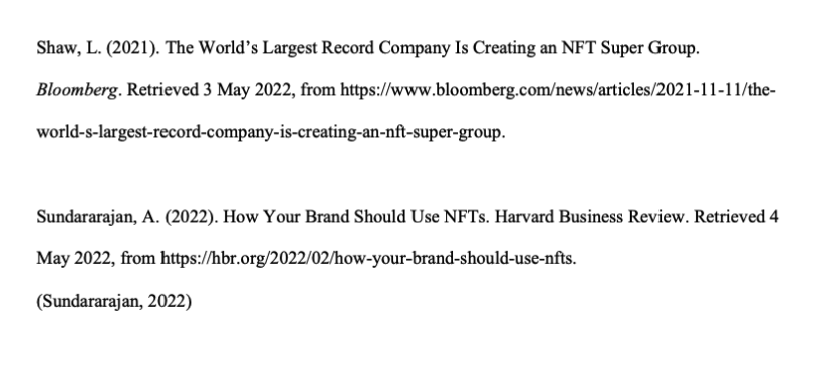Introduction
Brands are omnipresent; they pervade nearly every aspect of our lives, whether the economic, cultural, social, sporting, or even religious (Maurya & Mishra, 2012). From the company perspective, brands are interpreted as the direct consequences of market segmentation and product differentiation strategies. From the consumer perspective, a brand is essentially a promise to customers about what they may anticipate from items, which can include both emotional and functional benefits (Maurya & Mishra, 2012). The process of overarching idea or product and advertising them to be positively perceived by audience is termed as branding (Bastos & Levy, 2012). Branding is not only a process of stamping the mark and imprinting the name of the product, but necessitates long-term involvement, as well as a high degree of resources and capabilities (Kapferer, 2004). In the recent years, the popularity of digital collectibles is increasing. Many brands take the first step into the NFT field to launch their own digital collections. Some early efforts range from the exclusive releases of Campbell’s Soup cans art and Coca-Cola digital apparel to generative art of burgers from White Castle. Those occurrences of artwork bring public attention to the NFT market. This market is growing at an exponential rate. In 2021, a yearly number of NFT collectible sale skyrocketed to more than 40 billion dollars (Murphy & Oliver, 2021). Some NFT projects are incubated from artists, designers and communities possessing diverse cultural representations. Many celebrities joined in this field by purchasing and selling extraordinary items (Murphy & Oliver, 2021). Consequently, numerous brands are incubating NFT products, and many new brands are derived from the NFT products. The phenomenal projects include: CryptoPunks launched in 2017 by Larva Labs; Decentraland developed by Decentraland community and launched in July 2020; the Cool Cats launched in July 2021. The Bored Ape Yacht Club (BAYC) is one of those famous NFT projects (Shaw, 2021). BAYC is created by a blockchain technology company: Yuga Labs and launched in April 2021. It is a collection of 10,000 Bored Ape NFTs being stored on Ethereum blockchain. BAYC is constantly active in the market which has the all-time trade volume: $1.05 billion and average price per NFT: $104,400. The growing market with various NFT commodities is thus a veritable treasure trove for the study of the brand management. BAYC serves as an intriguing subject for the study of branding strategy.
According to the conceptual framework proposed by Malmelin & Moisander (2014, p. 12), a brand is generally considered as a physical entity, such as a branded product or service. They drew the analysis of the around the “Brand as Product” from four perspectives including brand identity, extension, equity, and differentiation (shown in Figure 1). In the essay, this model will be applied to investigate the BAYC brand management practices. In the following paragraphs, the concept of NFT will firstly be introduced. Subsequent parts will then focus on the four angles to demonstrate the BAYC’s brand constructing process of and the brand achievements.
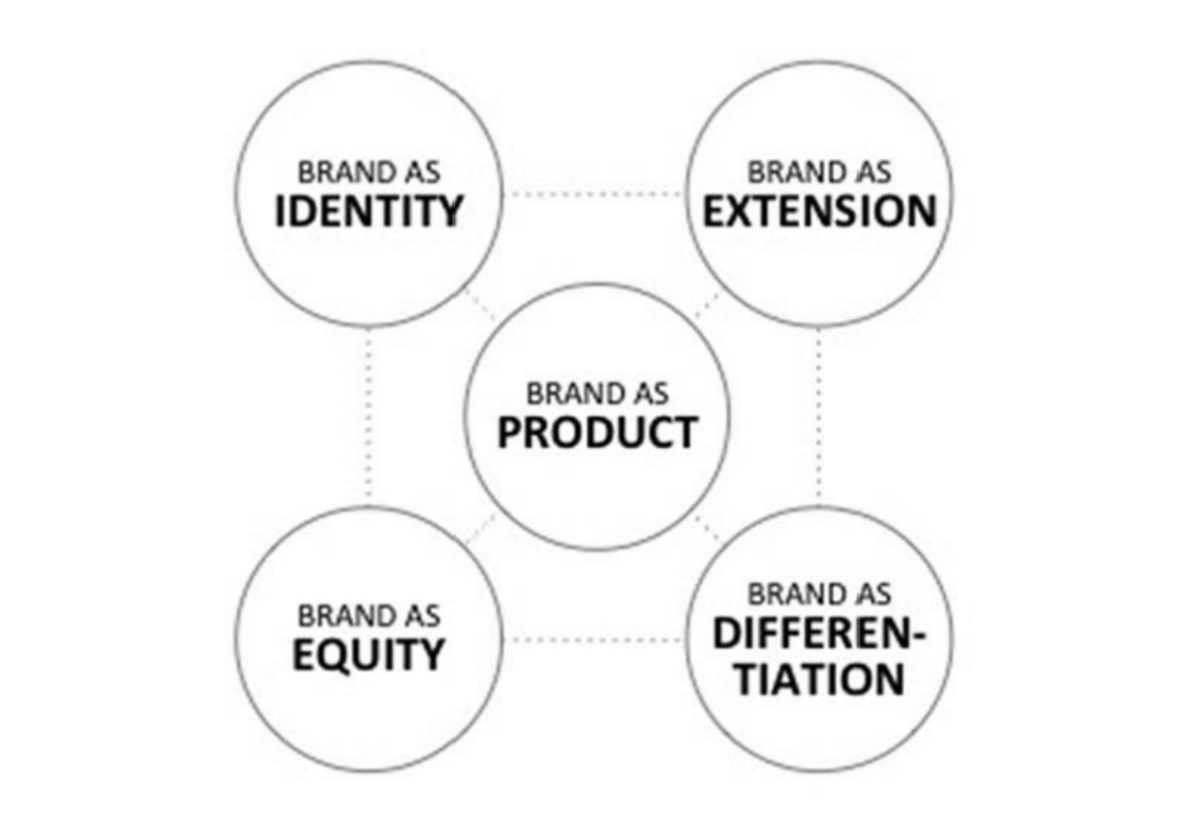
What is the NFT?
NFT is the acronym for the Non-Fungible Token. It is a unit of data that is interchangeable and stored on the blockchain, as the blockchain is a synchronized database being shared across the whole network (Dean, 2021). All data is thus immutable and distributed. Non fungible tokens could be viewed as “cryptographic assets” which contain unique codes and metadata (Dean, 2021). It is the ability to prove ownership of certain products crowned as the unique property brings NFT incomparable value in the market. NFT is also termed as a form of digital ledger that comprise the salability. For example: collectable of digital artworks, NBA sport cards, memes and physical assets as well, all of which could be sold at a NFT trading platform: Opensea. The NFT offers its holders full commercial rights over the project whether it is an image, a piece of music or other rarities.
Brand as Identity
Brand identity is defined as a brand that comprise visible and perceivable elements such as design, color, style, and logo. The brand iconograph enacts distinctiveness for a brand to standout, because recipients perceive the brand firstly and unintentionally by images (Malmelin & Moisander, 2014). Besides, some literatures refer brand identity as the “soul” of a brand that shares with customers its passion and motivation and connects truly with them (Stompff, 2008). Similarly, Laurence Knight, the founder of Fletcher Knight, has hit the idea of cultivating soulful connections by establishing brand identity. When achieving such connection, the brand meaning is seeded in the mind of customers (Ayesha, 2013).
BAYC expresses the brand identity through the following approaches. Firstly, the BAYC club launched a brand series of 10,000 NFT apes, among which contain over 170 different qualities, including hair, hat, eyes, attire, and fur etc. Every ape owns unique traits and some of them are rarer than others. The design creates anthropomorphic figure of ape which easy to be recognized (seen in the Figure 2). For example, some apes have sporting sunglasses and bunny ears; some contain leopard-patterned or rainbow fur with smoking cigars; some pose toothy grimaces. Those ape figures are served as the visual attributes that constitute the brand identity.

Marazi (2014) stated that a brand identity has a “core” that represents the timeless essence of a brand. Narratives and storytelling are considered to construct the conceivable brand identity. The storytelling of BAYC is that in the distant future, the primates unlock the virtual world and fiddle with the creative projects. At that time, the Bitcoin and Ethereum (Cryptocurrency) have taken over the world. Those apes thus become extremely rich. However, these multimillionaires are edgy and bored. They hang out to the bar to join an exclusive club. Such a story creates a wildest dream for manic people and become an epitome for “cool” culture. At the same time, purchasing an avatar and having the Bored Ape yacht Club membership will be granted with members-only benefits and offerings (seen in Figure 3). As Aaker theorized (2009), the core identity needs to be manifested, promoted, and communicated. In real life, people who spend millions of dollars to buy BAYC NFT are generally determined as rich and avant-garde. At the initial stage, some celebrities like Serena Williams, Neymar and Jimmy Fallon, joint in and changed their social media profile picture to the BAYC. Some celebrities openly talked about BAYC on Twitter and their social media accounts used noticeable ape avatars. Therefore, the Bored Ape has the iconic celebrity character, and those holders are generally entitled as influential and cool. BAYC does not only create the brand identity of its own but also provides the digital identity for customers. It becomes a culture that accentuates its brand image and position, strengthening the brand identity repeatedly (Marazi, 2014).
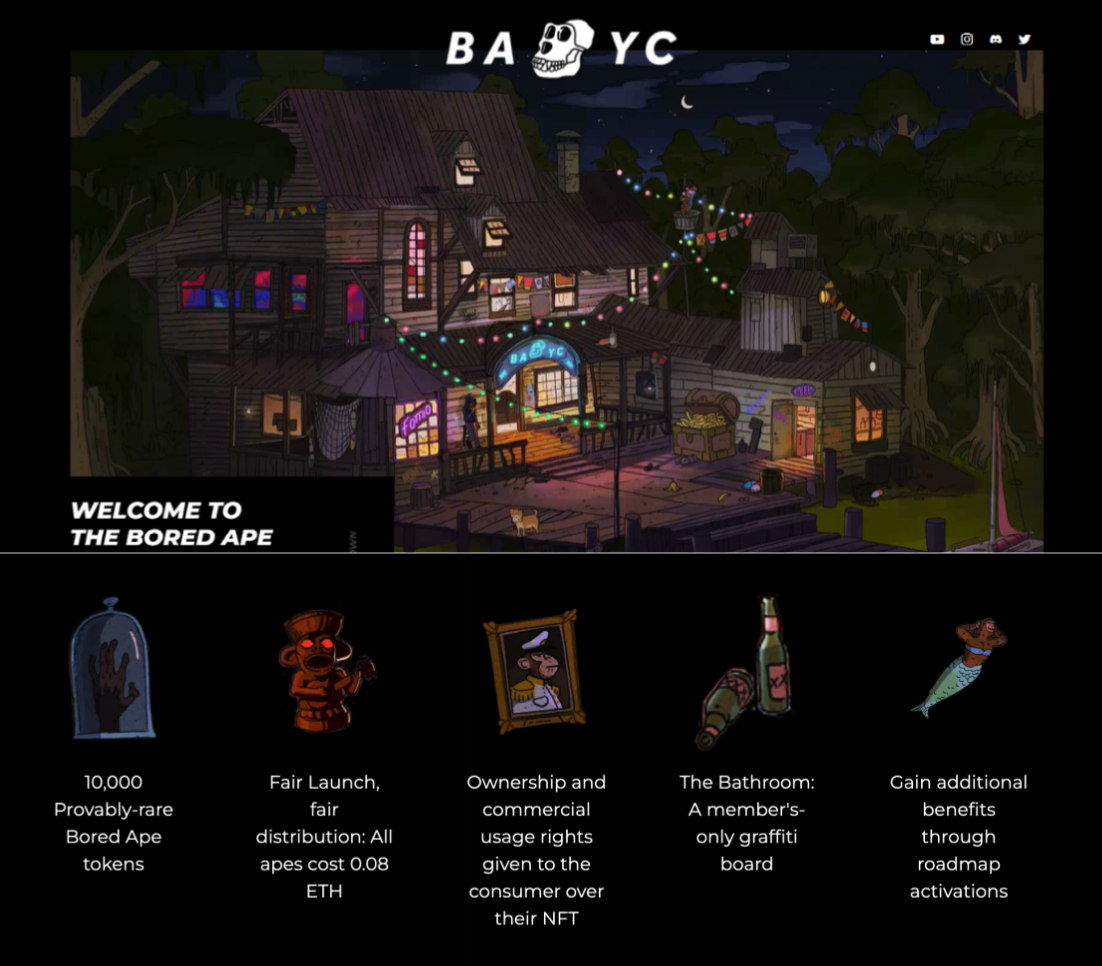
Brand as Extension
Brand extension is known as a strategy in which a corporation launches a new product category under its well-known brand name. It enables the company to introduce new products, increase profits, and satisfy their consumers’ requirements and desires (Shocker & Aaker, 1993). Meanwhile it can be thought as a medium of improving and optimizing consumer relationships (Davis & Halligan, 2002). Brand extension exploits a brand’s most important assets which situate in the core of a brand (David & Kevin, 1990). The success of this strategy depends on the whether the consumers hold positive and favorable attitudes towards the original brand or not (David & Kevin, 1990). This section will introduce three aspects of BAYC’s brand extension implementation.
Firstly, in regard to business intellectual properties, a business that allows commercial uses of their IP to monetize their brand that mutually constructs and defines a brand (Lee, 2022). For example, the Walt Disney Company used the Mickey Mouse character to license commercial uses for LEGO, Forever 21, and Levi’s, and thus gained continuous profits for company (Lee, 2021). This model is termed as centralized collaboration, a traditional business approach, which belongs to a type of brand extension. As opposed to the traditional one, BAYC has adapted an innovative approach that enable its brand identity being virally replicated, and thus creating the unique brand extension. As an alternative, BAYC used decentralized collaboration “De-Collab” which emerges in the NFT market, as the figure 4 below. Under the De-Collab model, the IP owner authorizes customers to create derivative works on the company's IP and to commercialize it (Lee, 2021). The Yuga lab sells BAYC NFT on blockchain that comes with a license permitting all the buyers to create derivatives and make commercial use of the IP. It grants an unlimited worldwide license to utilize, display and re-create the derivative work from the Bored Ape characters. Such approval occurs as a decentralized or polyarchical process on blockchain. The initial performances are promising as the sales surpassed $1 billion. NFT buyers such as Jimmy McNeils, has decided to create a music called Kingship that composed of four digital characters — three bored apes and one mutant ape. He has signed a music deal with Universal Music and worked with the home to top-selling musicians like Drake and Taylor Swift to produce the music work that will be released on the streaming service. Those derivative business activities are recognized as a form of brand extension.
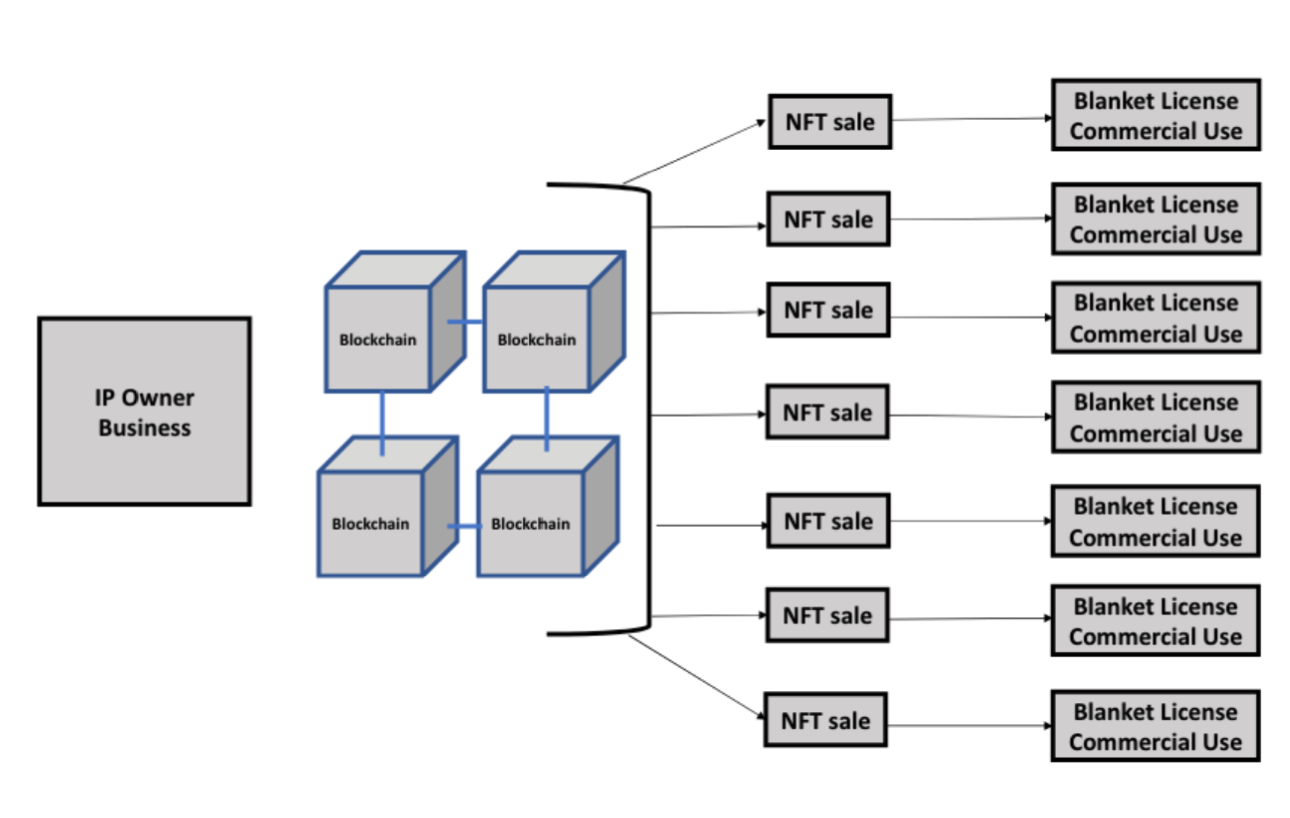
It is stated that brand extension could facilitate the cross-platform marketing activities (Malmelin and Moisander, 2014, p. 14). In China, Li-Ning, a famous domestic sport brand, also bought a BAYC NFT and launched a series of products that contain the Ape logo. Additionally, Li- Ning opened the offline experiment store in Beijing and successfully gained lots of attention on Weibo. The BAYC’s business model offers several advantages that contribute to its brand extension. This strategy avoids the fear of traditional IP owners’ fear of tarnishment or misuses of brand image, rather builds a creative ecosystem that has potential to spout collaborations from the bottom up. Thriving adaptations present tantalizing possibilities for the creator economy and show potential that a wide scope a brand can extent itself to.
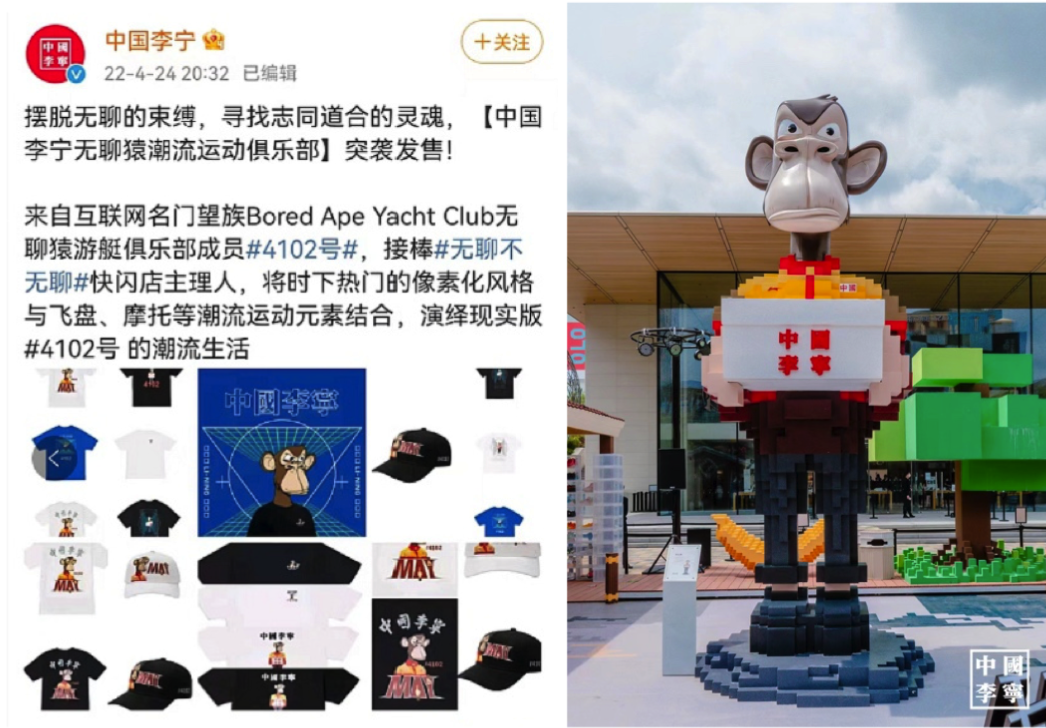
The final aspect of brand extension is about a BAYC’s twin NFT project. After the sensational success of BAYC, Yuga lab subsequently proposed another series called “Mutant Ape Yacht Club” which is derived from the “Bored Yacht Ape Club” by exposing a Bored Ape to a vial of Mutant Serum. The price of MAYC is hyped to 30~ 40 ETH (around $99,300). This brand extension is based on the previous BAYC’s brand perception, influences and the level of familiarity among consumers. Although this new launching series takes the advantage of the previous project’s reputation, it simultaneously creates the synergy for the hype of brand.
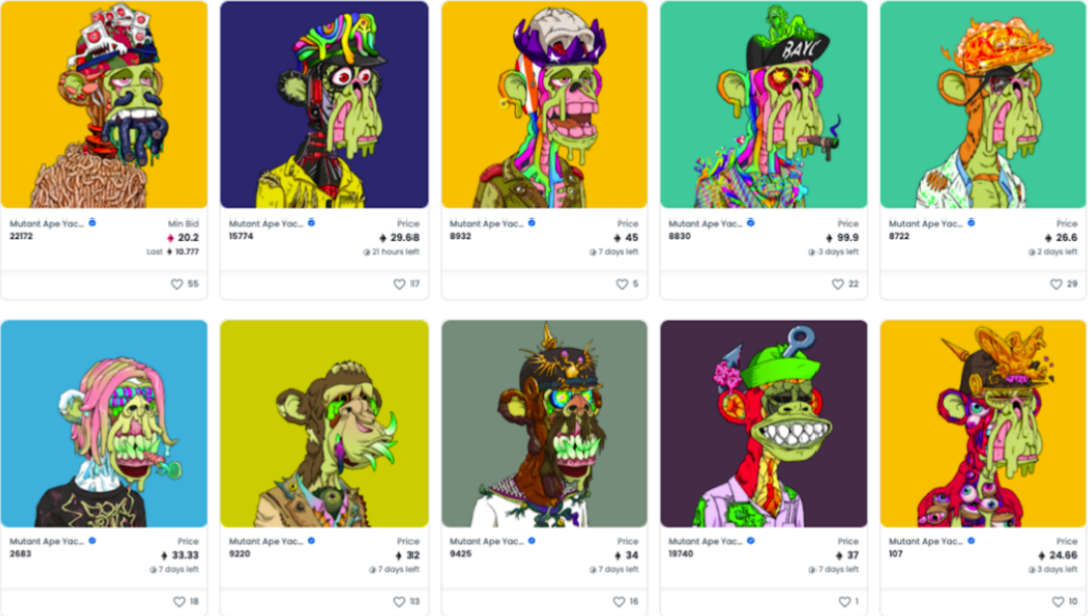
Brand as Equity
The term "brand equity" is used to address the strategic importance of brands for firms that engage in consumer markets, as well as the worth of brands in financial and symbolic assets. For a company to gain a sustainable competitive advantage in the market, brand equity is a valuable asset (Yi & Kim, 2008, p. 116). This term is considered to be multi-dimensional in marketing literature where the brand equity could be grouped into five categories, namely, brand loyalty, brand awareness, perceived quality, brand association, and others such as patents, trademarks and so on (Aaker, 2009).
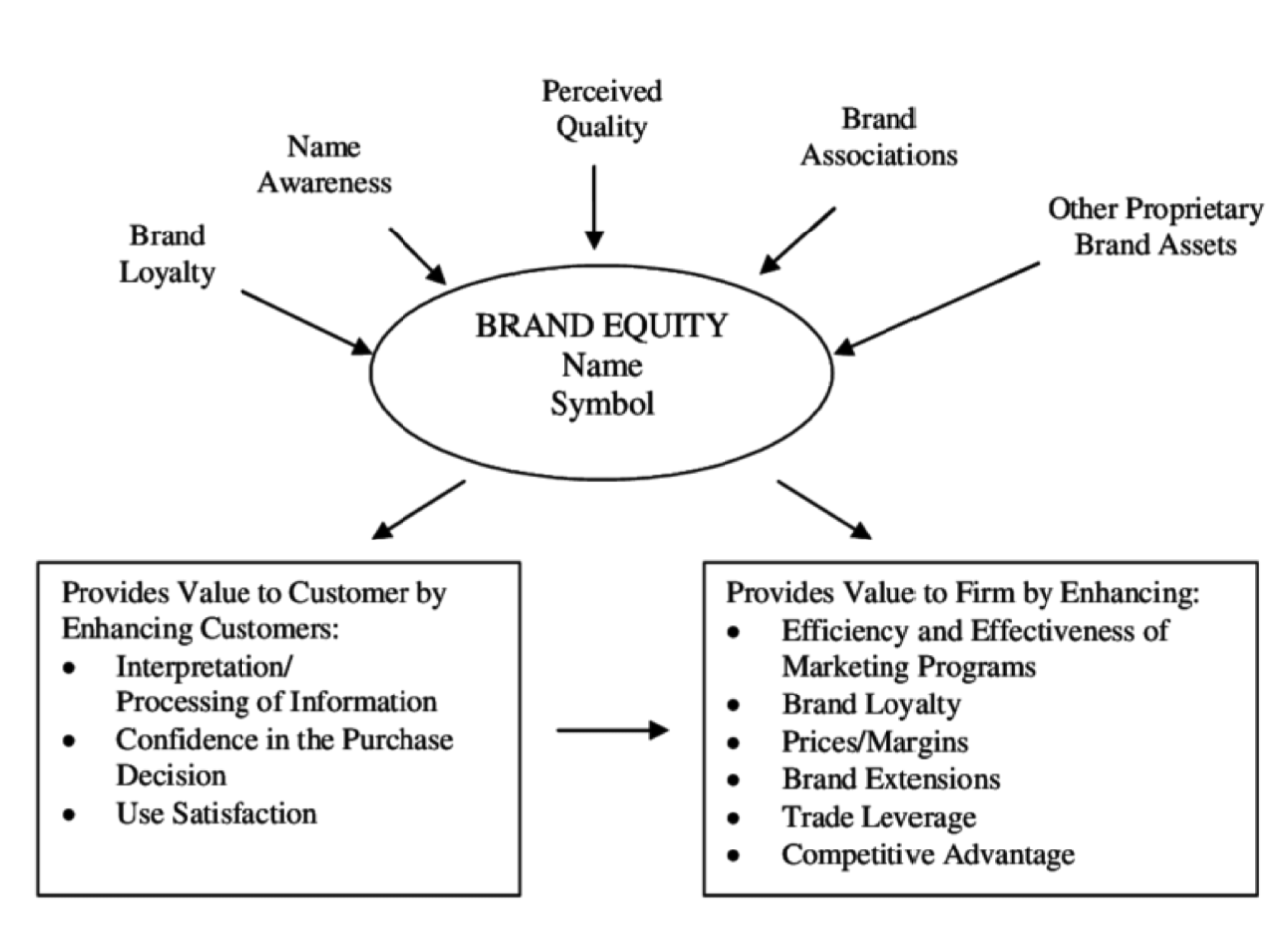
In terms of brand awareness and brand loyalty, some practices like marketing communications help a company to gain brand loyalty which usually be conceived as behavioral intention of purchase (Nam et al., 2011). Moreover, because the one-to-many industrial model of mass communication is gradually giving way to an interactive approach based on collaboration and dialogue with the audience, community network is thus viewed as a strategic method to provide consumers interactions and participatory benefits, which will in return arise more brand awareness (Malmelin & Villi, 2016). As for the Bored Ape Yacht Club, at the first stage it gives out free honorary apes to the people who support and advocate its products. BAYC also creates its community in Discord, a popular social media platform, to invite devoted and potential buyers in. In the discord community, marketing campaigns are directly seeded in the groups of potential buyers, creating an integrated channel for consumer interactions and engagements (seen in Figure 7). Consumers could receive the instant news and marketing notes on the platform and active discussions frequently occur in the community channel. Such movements unit the member of community and enhance consumers’ impression, all of which contribute to the formation of brand preference (Muniz & O’Guinn, 2001). Furthermore, in order to encourage brand loyalty, the brand experiences should be tailored to support a customer’s individualism and distinctiveness (Nam et al., 2011). BAYC appears to be naturally endowed with product uniqueness. Among 10,000 of collections, each avatar is unique on the blockchain and cannot be replicated. Owners could customize the avatar image to express and reflect their individualities, thus enhancing the congruence between BAYC brand and consumers’ self- concept (Pappu & Quester, 2006).
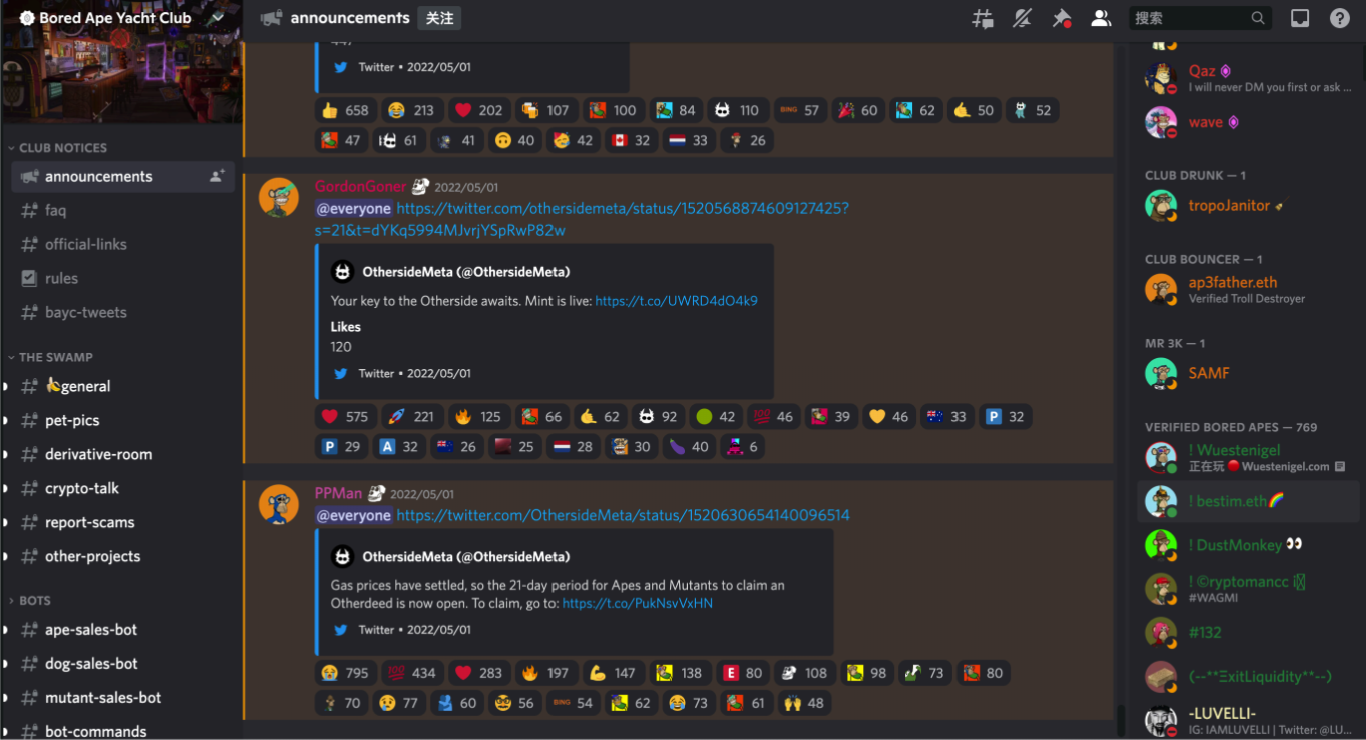
On the other aspect, brand association and perceived quality are two other common indicators in media brand research that are strongly tied to brand equity (Maurya & Mishra, 2012). As for brand association, BAYC has collaborated with Adidas in the metaverse. The adidas owns a Bored Ape avatar that dressed in banana yellow firebird tracksuit with a bucket hat, and a set of heart-shaped glasses. Adidas uses the BAYC brand figure to present how Adidas desire its sportswear to live in the digital world. By partnering with the existing legacy sportswear giant, BAYC produces values in a broader community and intensify its influences on the physical products. In terms of brand quality, because the NFT is not a type of direct physical assets, BAYC brand quality could be perceived by customers through the brand utilities. People who buy the BAYC NFT will have Yacht Club membership card which grants access to members-only benefits such as painting on a collective graffiti board and participating the real-life events. Furthermore, as the BAYC quickly gained traction and morphed into the exclusive membership ecosystem, Yuga Labs launched its own token on the Ethereum called Apecoin (APE). The token is used for transactions and governance within the ape- ecosystem. Holders could participate in the community activities and gain access to exclusive services like game events, other NFT resources. In the future, BAYC will collaborate with Animoca Brands to jointly produce games. NFT will serve as the game equipment and could be bought by the Apecoin token. From this perspective, BAYC brand IP is not diluted but strengthened that adds value to the BAYC brand equity.
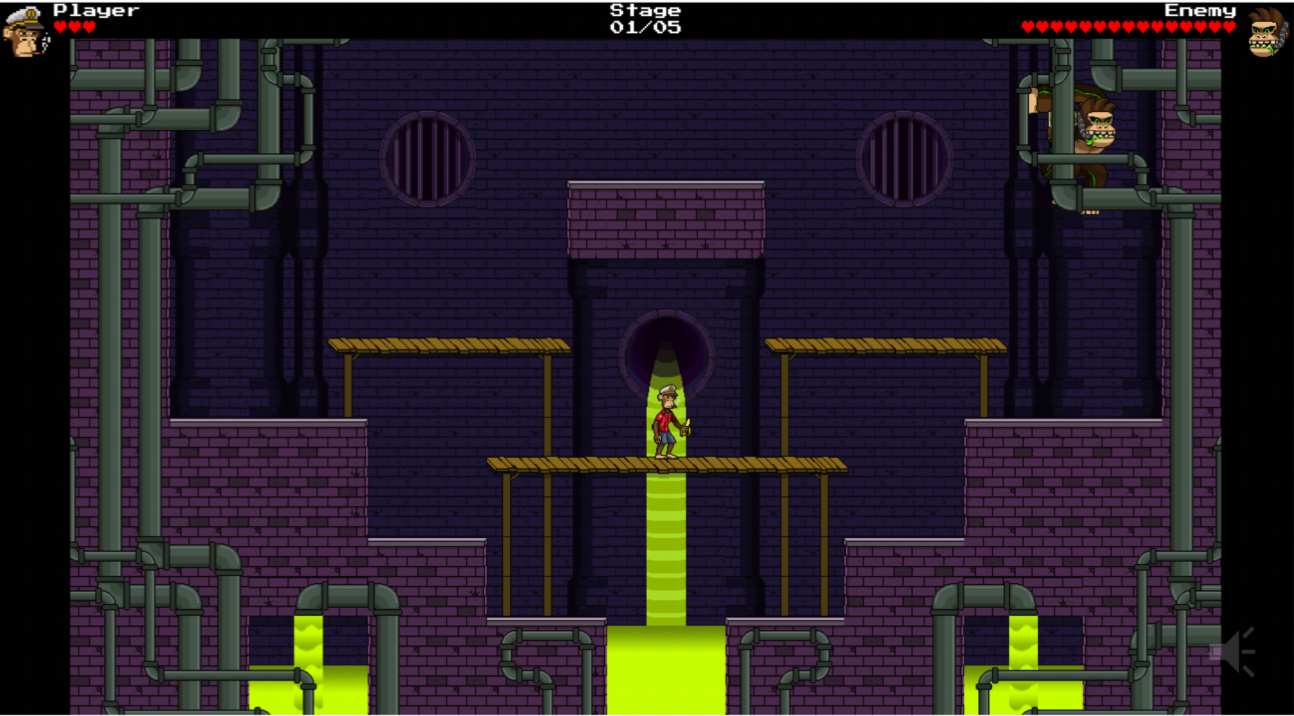
Brand as Differentiation
The strategic process of evoking positive consumer attitudes toward a brand is known as branding. Based on this concept, brand differentiation is the process of distinguishing the products from the competition by associating a high-performing aspect of the business with a variety of client benefits (Malmelin & Moisander, 2014). Product differentiation gives the product a competitive edge which increases its brand awareness and distinguishes one brand from others in the market in return (Malmelin & Moisander, 2014). Foraging a NFT product creates a non-interchangeable unit of data to be stored on the blockchain. On the one hand, this has guaranteed the ownership of digital assets, which simultaneously ensures the asset is one-of-a-kind. On the other hand, this process psychologically satisfies the consumers’ need for the uniqueness. The full ownership of NFT distinguishes the BAYC product from the traditional duplicable IP products.
Secondly, price could be used to differentiate a product while the low price attracts cost- conscious consumers, and the high price implies a product’s quality and luxurious style (Marazi,2014). At the initial launching stage on April 23, 2021, the ape is only priced about (0.08 eth) each. The collection was sold out in 12 hours. BAYC sparked a trend on social media, particularly on Twitter, where a number of collectors began using their newly acquired apes as profile images. The price then skyrocketed. BAYC generated nearly $16.6 million in sales in their first month of existence and the volume continued to rise steadily over the next few months. This movement facilitated the formation of one of the most powerful communities in the NFT business. Buyers may pay a higher price for the art attributes of the NFT, but they also purchase the product as a luxury that generates additional symbol value. BAYC also stands out from the competitors of other NFT brands. The concept of building a metaverse system where all the media users have free access to is firstly proposed by Yuga Labs. While other brands are merely considering sell the avatar online, BAYC is more ambitious; it constantly adds the different elements of storytelling and constructs those elements into an ecosystem. As the result, combining with the marketing communication, such strategy gains the competitiveness for the brand.
To summarize, there are four factors that contribute to a brand's success, each of which is essential yet overlaps with the others. Though the four dimensions are inseparable, those concepts are fluid to be determined in the analysis of a real case. As for BAYC, the noticeable popularity of this project is achieved through appropriate brand management. In brief, the Yuga lab created a favorable brand image and injected the brand culture into the storytelling. Bored Ape images construct the brand identity from the visual aspect. The grand storytelling and the design of ecosystem actually serve as the “core” of BAYC brand. Apes in the metaverse do not only represent the brand but mutually give its holders their own virtual identities. NFT holders are granted with an abundance of utility and rewards, specifically the chances to purchase exclusive merch and attend events. Therefore, these advantages create a sense of privilege and strengthen the brand identity. Secondly, through applying the De-Collab model in the blockchain system, BAYC permits the holders ultimate ownership over the NFT usage and allow of types of commercialization. This license of commercial right is a valuable feature of BAYC that creates flourish bored ape derivatives such as sportswear and toys, expanding the BAYC universe to the real life. The brand is also extended by creating the new mutant type of bored apes which in return promote each project. As for the third dimension, this essay found the concept “brand as equity” is part of broad. Analysis was drawn by referencing Asker’s model. The considerate community management and the association with other global giant brands bring BAYC great public awareness and customers’ brand loyalty. Additionally, introducing the economic token: Apecoin will create more NFT transections in its metaverse and increase the brand equity. As for the fourth dimension, the exclusive ownership of a NFT project differentiates it from traditional products. Excessively high price at the same time distinguishes the brand from others. The competitive advantages of BAYC are achieved with all the factors taken into consideration. These practices are inspiring for brands to gain success in the growing field of NFT.
